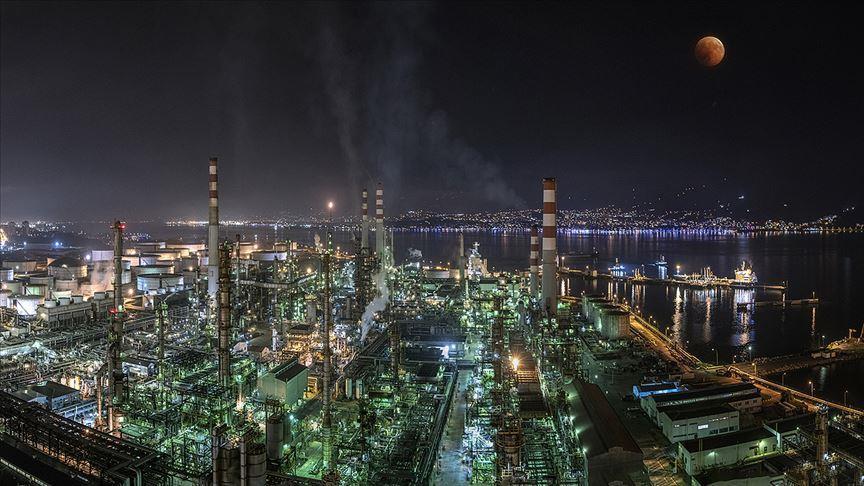The US Energy Information Administration (EIA) revised down its forecast for crude oil prices.
In its Short-Term Energy Outlook (STEO) released on Tuesday, the agency continues to expect crude oil prices will rise in the second half of 2024 despite recent fall in crude oil prices.
Brent crude oil spot price ended July at $81 per barrel, compared with an average for the month of $85 per barrel.
‘We expect the Brent price will return to between $85 and $90 per barrel by the end of the year,’ the EIA said and added that rising crude oil prices are the result of falling global oil inventories.
The EIA estimated that global oil inventories decreased by 400,00 barrels per day (bpd) in the first half of 2024 and will fall by 800,000 bpd in the second half of the year.
‘Inventory withdrawals stem in part from ongoing OPEC+ production cuts,’ the EIA said.
As a result, the EIA forecasts that Brent will reach $84.44 per barrel and the American West Texas Intermediate (WTI) will hit $80.21 per barrel in 2024. These figures were $86.37 and $82.03, respectively, in the previous month’s report.
For next year, the agency expects Brent crude to average $85.71 per barrel and WTI to average $81.21 per barrel.
‘Although we expect crude oil prices to rise in the coming months, our forecast for the annual average Brent crude oil price in 2025 is down from a forecast of $88 per barrel in our July STEO, owing mostly to reduced oil consumption,’ the agency explained.
– US crude oil production revised down
Crude oil production in the US is expected to average 13.23 million bpd in 2024, up from 12.93 million bpd last year. The figure is around 20,000 bpd less than the previous month’s forecast.
Next year, crude oil output in the country is expected to reach 13.69 million bpd, down by about 80,000 bpd from last month’s prediction.
The agency also forecasts that average global oil production will be 102.36 million bpd at the end of the year and 104.44 million bpd next year.
Global oil demand, meanwhile, is anticipated to reach 102.94 million bpd in 2024, while demand is expected to be around 104.55 million bpd in 2025.
‘Most of the reduction in our oil consumption forecast is in China, where we expect slowing economic growth will continue to reduce diesel consumption,’ the EIA said.

